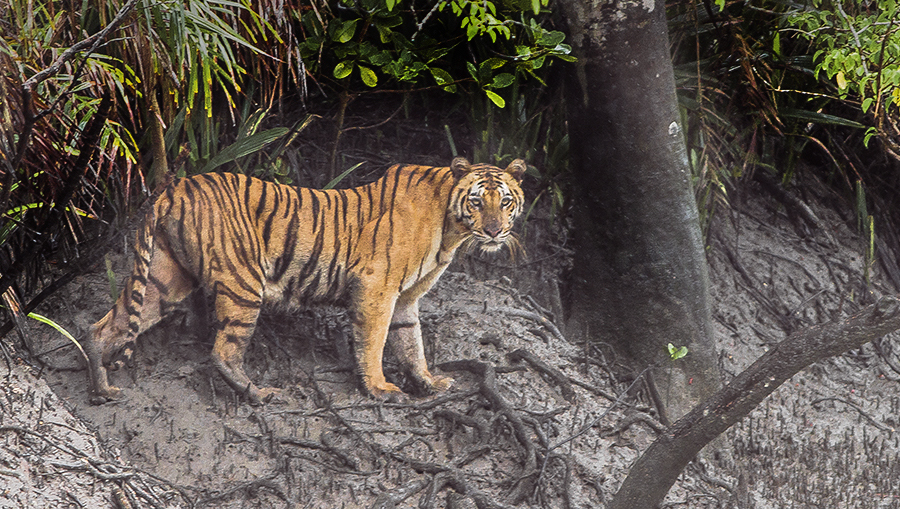
Unesco and the International Union for the Conservation of Nature published a report this week where they ask Bangladesh to halt the construction of the Rampal power plant, which is financed by the Indian government and is expected to burn 4.7 million tonnes of coal per year.
After undertaking a Reactive Monitoring Mission in the Sundarbans world heritage area, representatives from both organizations concluded that the proposed coal facility, located 65 kilometres north of the famous mangrove reserve, would expose the downriver forests to pollution and acid rain.
The place also hosts some 450 Royal Bengal tigers. On top of the destruction of their natural habitat, the mission worries that increased human activity would boost illegal wildlife trade already taking place in the area.
Endangered river dolphins living in the Ganges and the Irrawaddy would also be threatened by ships carrying coal and other material for the plant’s functioning. 32.1 million cubic metres of river bottom would have to be dredged and dumped when the plant starts operations, and additional annual dredging would be required.
“The plant itself is not applying the best available technology or the highest international standards for preventing damage commensurate with its location in the near vicinity of a globally unique World Heritage property,” the document reads.
Unesco and IUCN warned the Bangladeshi government that the Sundarbans forest reserve would be considered for possible inscription on the list of world heritage in danger at the next meeting of the World Heritage Committee in 2017.
The South Asian country is one of the nations whose ecosystems have been deemed among the most vulnerable in the planet, and burning more fossil fuels would only increase the dangers they are exposed to. It would also, however, provide a short-term solution to its growing demand for electricity, which expands by 10% every year.